Peugeot 3008 vs Renault Kangoo – Which one offers the better deal?
Everyday use, family trips or long-distance drives – here’s where the differences show.
Discover whether Peugeot 3008 or Renault Kangoo fits your lifestyle better.
Costs and Efficiency:
Price and efficiency are key factors when choosing a car – and this is often where the real differences emerge.
Renault Kangoo has a decisively advantage in terms of price – it starts at 23100 £, while the Peugeot 3008 costs 35100 £. That’s a price difference of around 12085 £.
Fuel consumption also shows a difference: Peugeot 3008 manages with 0.90 L and is therefore decisively more efficient than the Renault Kangoo with 5.20 L. The difference is about 4.30 L per 100 km.
In terms of energy consumption, the advantage goes to the Peugeot 3008: with 16.90 kWh per 100 km, it’s a bit more efficient than the Renault Kangoo with 20.20 kWh. That’s a difference of about 3.30 kWh.
As for range, the Peugeot 3008 performs significantly better – achieving up to 698 km, about 413 km more than the Renault Kangoo.
Engine and Performance:
Power, torque and acceleration are the classic benchmarks for car enthusiasts – and here, some clear differences start to show.
When it comes to engine power, the Peugeot 3008 has a clearly edge – offering 325 HP compared to 130 HP. That’s roughly 195 HP more horsepower.
In acceleration from 0 to 100 km/h, the Peugeot 3008 is convincingly quicker – completing the sprint in 6 s, while the Renault Kangoo takes 11.60 s. That’s about 5.60 s faster.
In terms of top speed, the Peugeot 3008 performs a bit better – reaching 220 km/h, while the Renault Kangoo tops out at 184 km/h. The difference is around 36 km/h.
There’s also a difference in torque: Peugeot 3008 pulls convincingly stronger with 511 Nm compared to 270 Nm. That’s about 241 Nm difference.
Space and Everyday Use:
Whether family car or daily driver – which one offers more room, flexibility and comfort?
Seats: Renault Kangoo offers clearly perceptible more seating capacity – 7 vs 5.
In curb weight, Renault Kangoo is barely noticeable lighter – 1585 kg compared to 1648 kg. The difference is around 63 kg.
In terms of boot space, the Renault Kangoo offers significantly more room – 950 L compared to 520 L. That’s a difference of about 430 L.
In maximum load capacity, the Renault Kangoo performs clearly better – up to 3050 L, which is about 1570 L more than the Peugeot 3008.
When it comes to payload, Renault Kangoo noticeable takes the win – 609 kg compared to 467 kg. That’s a difference of about 142 kg.
Who wins the race?
The Peugeot 3008 proves to be wins the duel decisively and therefore becomes our DriveDuel Champion!
Peugeot 3008 is the better all-rounder in this comparison.
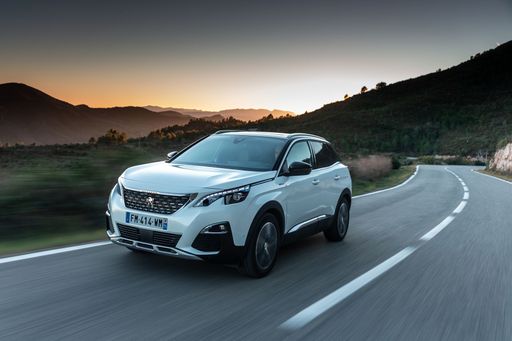
Peugeot 3008
Peugeot 3008
The Peugeot 3008 is a compact SUV that seamlessly combines sleek design with modern functionality. Its interior offers a sophisticated and comfortable driving experience, characterised by high-quality materials and innovative technology features. With its dynamic performance and stylish aesthetics, the 3008 stands out in the competitive world of family SUVs.
details @ media.stellantis.com
@ media.stellantis.com
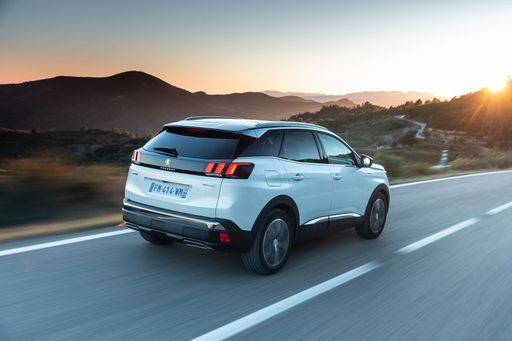 @ media.stellantis.com
@ media.stellantis.com
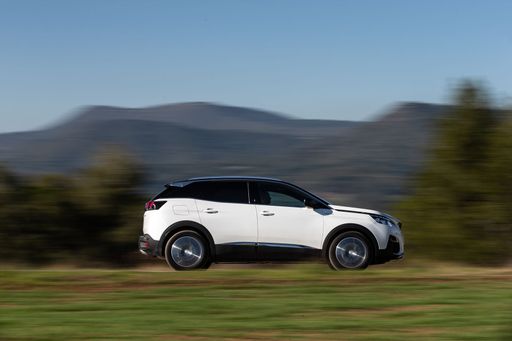 @ media.stellantis.com
@ media.stellantis.com
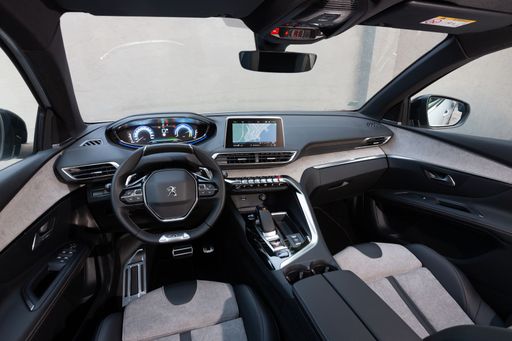 @ media.stellantis.com
@ media.stellantis.com
Renault Kangoo
The Renault Kangoo high-roof van delivers a practical and versatile solution for both family and commercial use, with its spacious interior and adaptable seating arrangements. Its modern design and user-friendly features provide comfort and convenience, making it an appealing option for those needing a reliable workhorse. Additionally, the efficient engine options ensure a balanced approach to performance, keeping running costs manageable for everyday driving.
details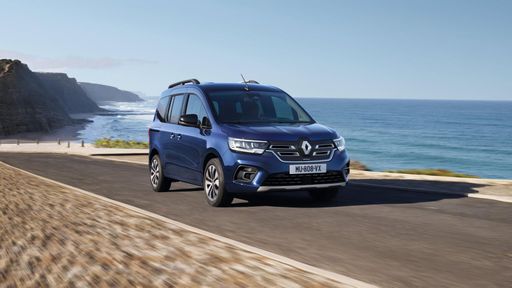 @ Renault
@ Renault
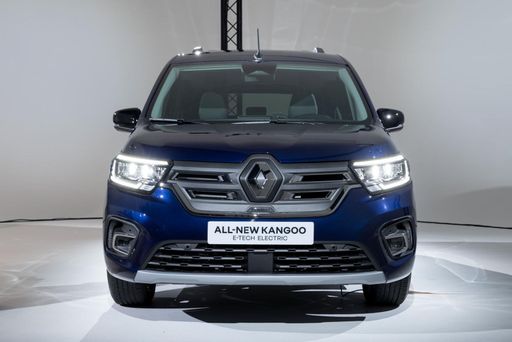 @ Renault
@ Renault
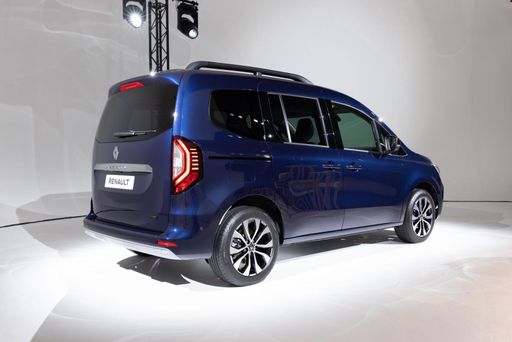 @ Renault
@ Renault
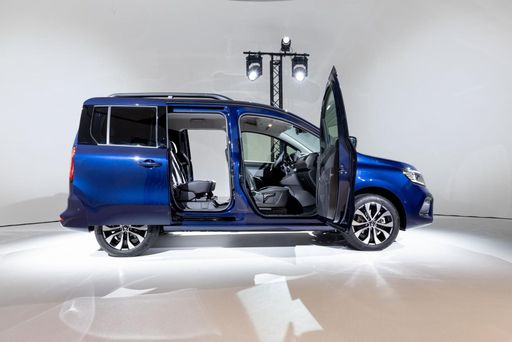 @ Renault
@ Renault
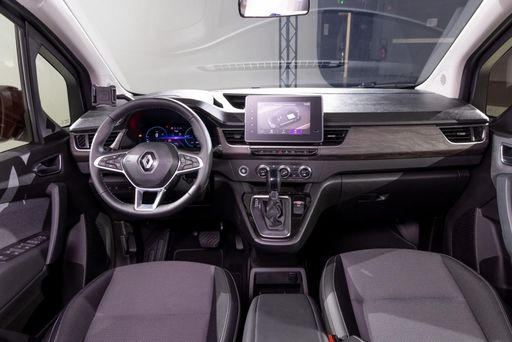 @ Renault
@ Renault
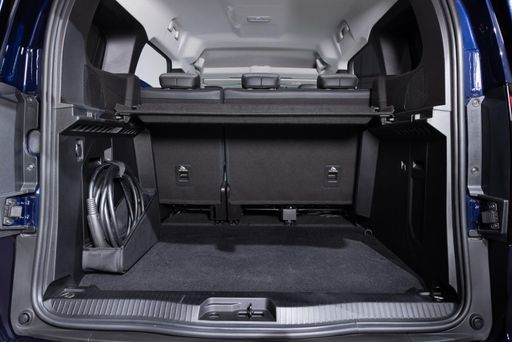 @ Renault
@ Renault

|

|
|
|
|
Costs and Consumption |
|
|---|---|
|
Price
35100 - 51400 £
|
Price
23100 - 36200 £
|
|
Consumption L/100km
0.9 - 5.4 L
|
Consumption L/100km
5.2 - 7.1 L
|
|
Consumption kWh/100km
16.9 - 17.8 kWh
|
Consumption kWh/100km
20.2 - 21.5 kWh
|
|
Electric Range
85 - 698 km
|
Electric Range
278 - 285 km
|
|
Battery Capacity
0.4 - 96.9 kWh
|
Battery Capacity
-
|
|
co2
0 - 121 g/km
|
co2
0 - 161 g/km
|
|
Fuel tank capacity
55 L
|
Fuel tank capacity
54 L
|
Dimensions and Body |
|
|---|---|
|
Body Type
SUV
|
Body Type
High Roof Estate
|
|
Seats
5
|
Seats
5 - 7
|
|
Doors
5
|
Doors
5
|
|
Curb weight
1648 - 2337 kg
|
Curb weight
1585 - 2041 kg
|
|
Trunk capacity
470 - 520 L
|
Trunk capacity
500 - 950 L
|
|
Length
4542 mm
|
Length
4486 - 4911 mm
|
|
Width
1895 mm
|
Width
1860 - 1919 mm
|
|
Height
1641 mm
|
Height
1838 - 1869 mm
|
|
Max trunk capacity
1430 - 1480 L
|
Max trunk capacity
1296 - 3050 L
|
|
Payload
383 - 467 kg
|
Payload
400 - 609 kg
|
Engine and Performance |
|
|---|---|
|
Engine Type
Plugin Hybrid, Electric, Petrol MHEV
|
Engine Type
Diesel, Petrol, Electric
|
|
Transmission
Automatic
|
Transmission
Manuel, Automatic
|
|
Transmission Detail
Dual-Clutch Automatic, Reduction Gearbox
|
Transmission Detail
Manual Gearbox, Dual-Clutch Automatic, Reduction Gearbox
|
|
Drive Type
Front-Wheel Drive, All-Wheel Drive
|
Drive Type
Front-Wheel Drive
|
|
Power HP
145 - 325 HP
|
Power HP
95 - 130 HP
|
|
Acceleration 0-100km/h
6 - 10.2 s
|
Acceleration 0-100km/h
11.6 - 15.6 s
|
|
Max Speed
170 - 220 km/h
|
Max Speed
130 - 184 km/h
|
|
Torque
230 - 511 Nm
|
Torque
200 - 270 Nm
|
|
Number of Cylinders
3 - 4
|
Number of Cylinders
4
|
|
Power kW
107 - 239 kW
|
Power kW
70 - 96 kW
|
|
Engine capacity
1199 - 1598 cm3
|
Engine capacity
1332 - 1461 cm3
|
General |
|
|---|---|
|
Model Year
2024 - 2025
|
Model Year
2022 - 2024
|
|
CO2 Efficiency Class
B, A, D
|
CO2 Efficiency Class
E, F, D, A
|
|
Brand
Peugeot
|
Brand
Renault
|
What drive types are available for the Peugeot 3008?
The Peugeot 3008 is offered with Front-Wheel Drive or All-Wheel Drive.
The prices and data displayed are estimates based on German list prices and may vary by country. This information is not legally binding.
